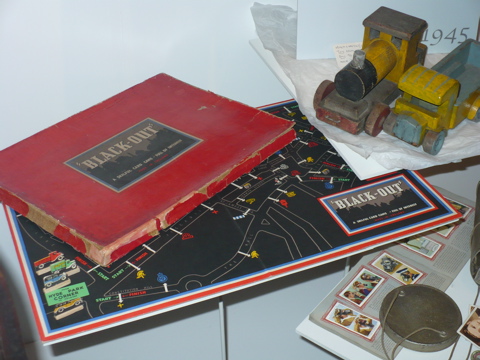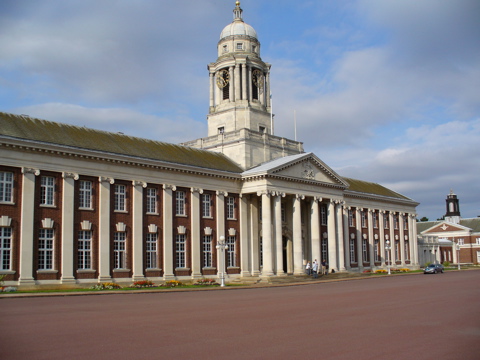Chesters
Leaving York, I took the train north to Newcastle, where I took another train heading west to Hexham, a small town in Northumberland. As nice as Hexham was, I’m sorry to say that I wasn’t there during business hours and so didn’t see much of it. Which is a shame, because there’s a fine 12th […]











